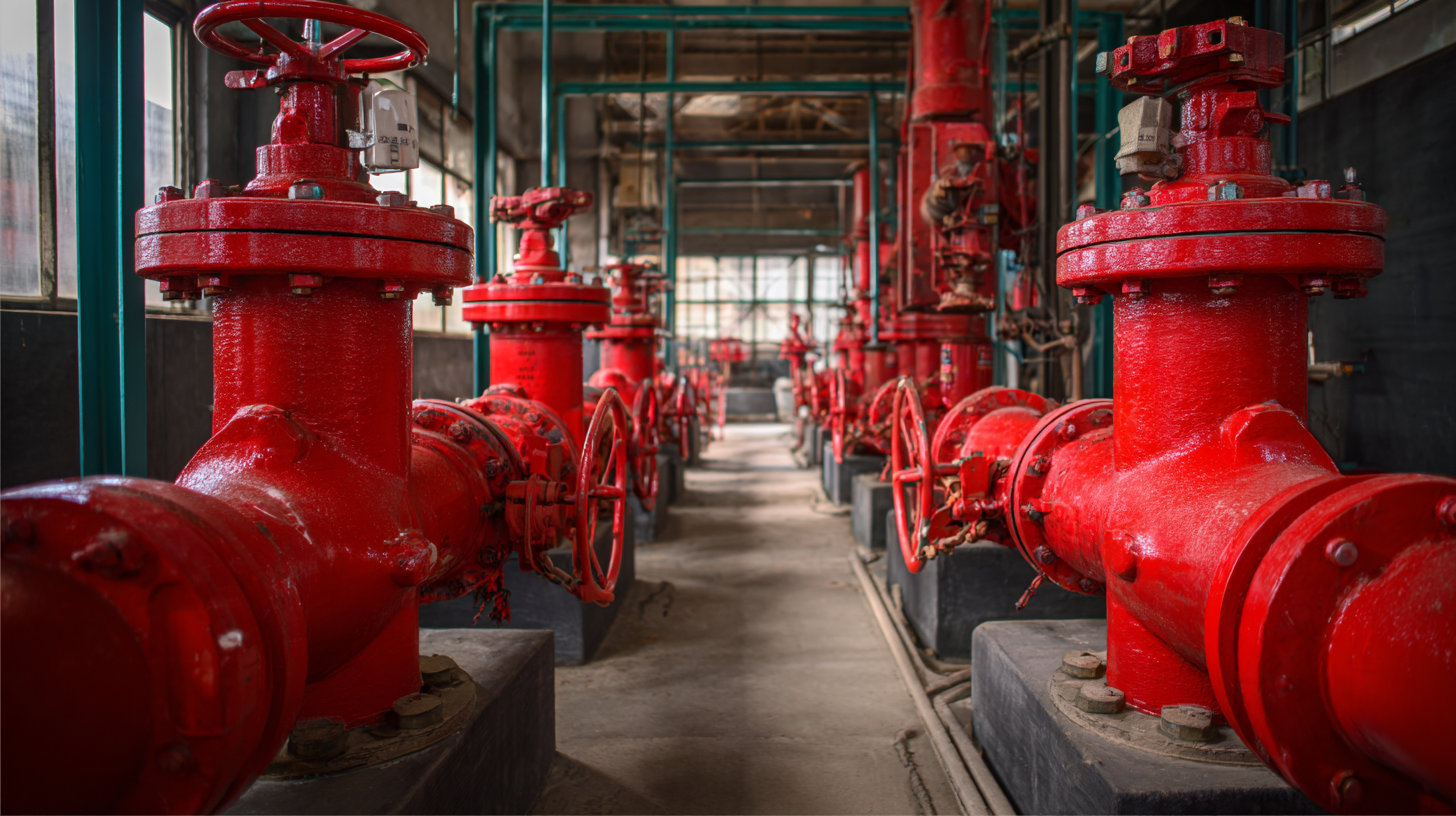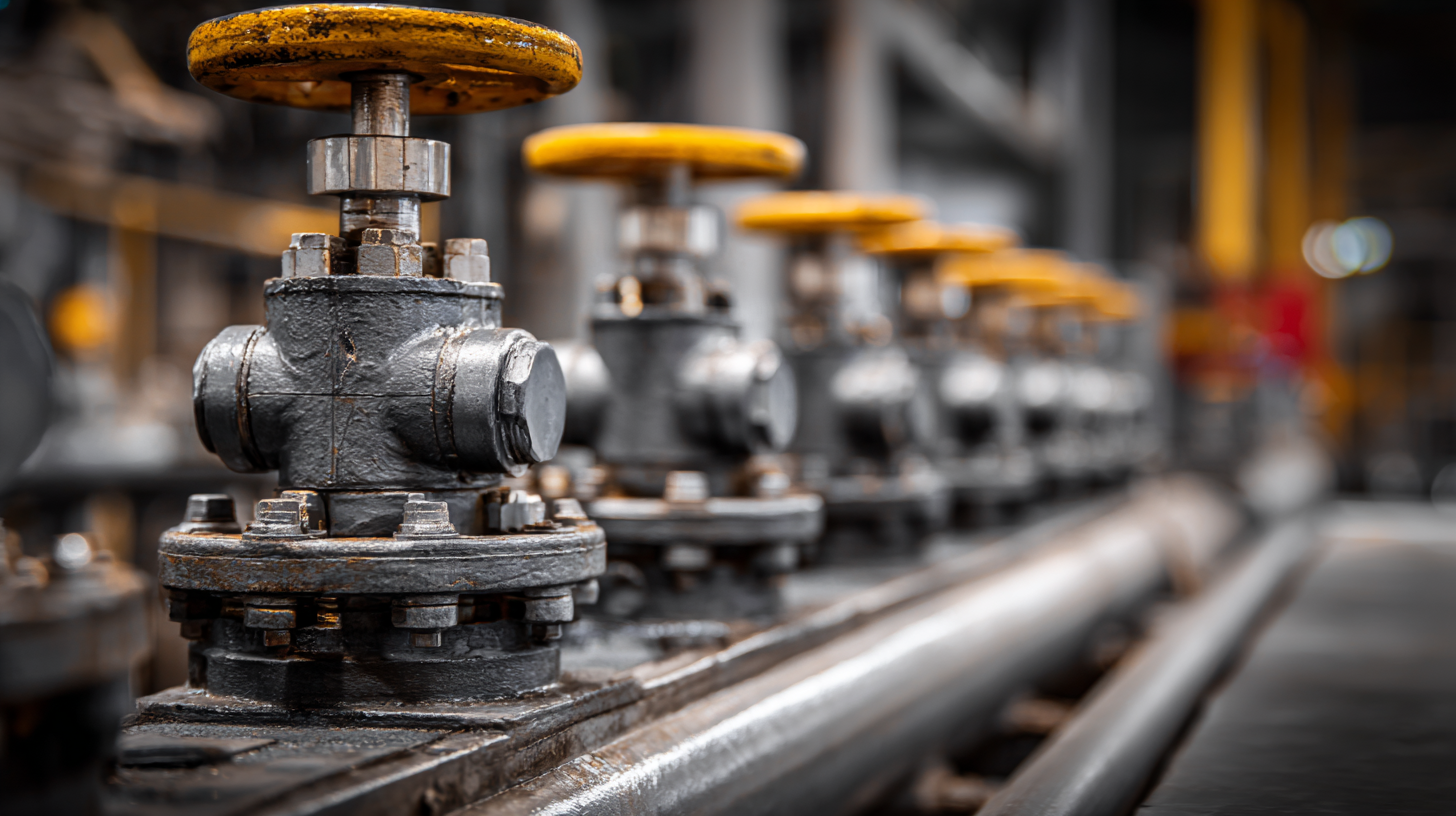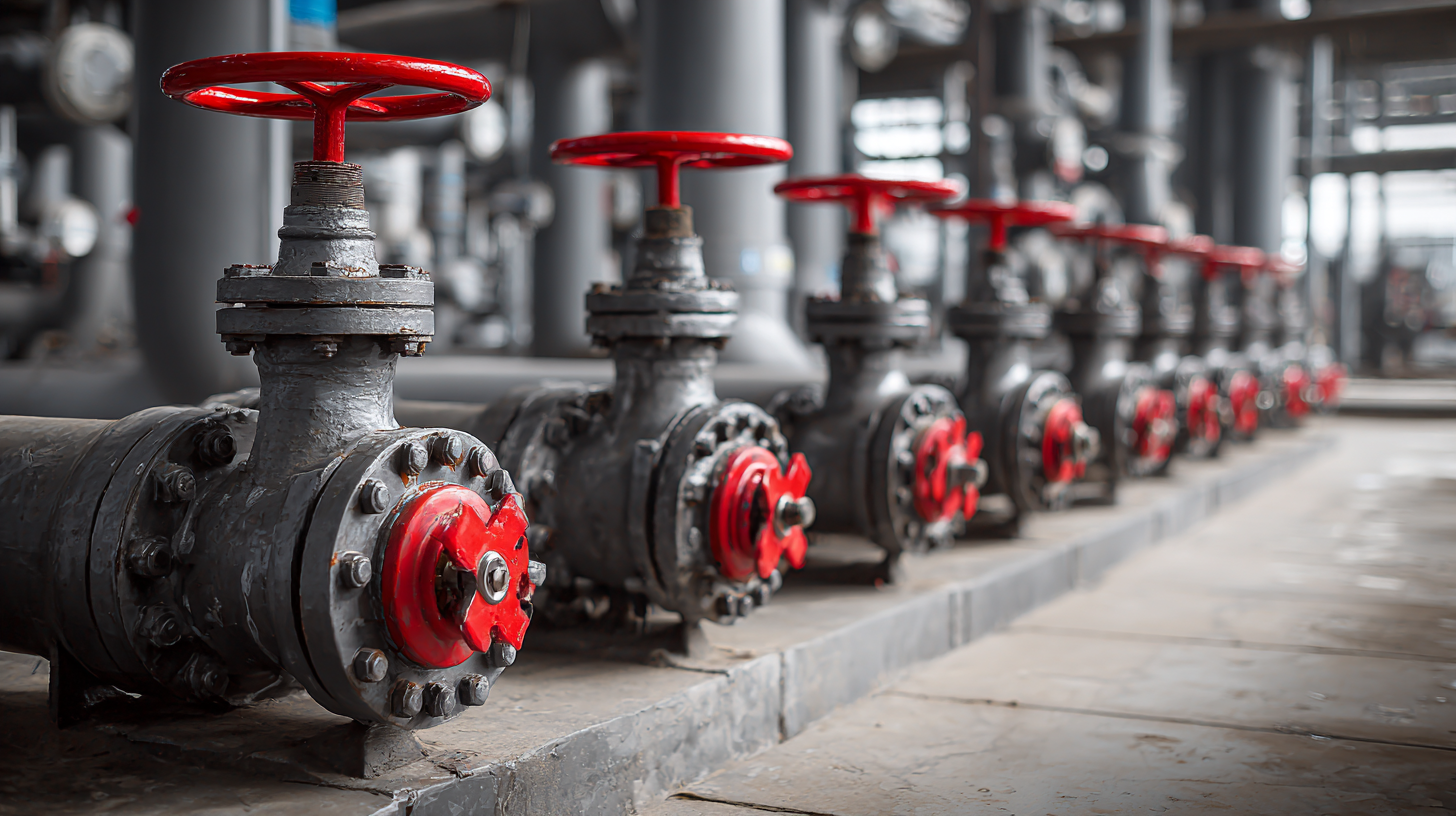Rotary valves play a critical role in various industrial processes, serving as essential components for controlling the flow of materials in applications ranging from food processing to chemical manufacturing. However, despite their importance, many facilities encounter common issues that diminish operational efficiency and increase maintenance costs. According to a report from the Institute of Clean Air Companies, equipment inefficiency, including problems with rotary valves, can lead to operational losses of up to 30%. Moreover, the cost of unplanned downtime associated with valve failures escalates quickly, often exceeding thousands of dollars per hour. Addressing these challenges not only enhances productivity but also extends the lifecycle of the equipment. In this blog, we will explore the top strategies for understanding and mitigating common rotary valve issues, ultimately contributing to improved operational efficiency and cost-effectiveness in industrial applications.

Rotary valves are crucial components in various industrial processes, yet they often face common operational challenges that can significantly hinder efficiency. Issues such as wear and tear, improper sealing, and misalignment frequently lead to leaks, increased energy consumption, and unplanned downtime. For instance, worn-out seals can compromise the flow of materials, creating bottlenecks that disrupt production timelines. Addressing these challenges is essential to maintaining operational efficiency.
To mitigate problems associated with rotary valves, regular maintenance is vital. Ensuring that seals are inspected and replaced as needed can prevent leaks and maintain optimal pressure levels. Additionally, operators should monitor valve alignment to reduce unnecessary wear; misaligned valves can lead to uneven operation and hastened degradation. Regular training for staff on proper handling and troubleshooting techniques can also aid in early detection of potential issues.
Another effective tip is to incorporate advanced monitoring systems that can provide real-time data on valve performance. This proactive approach can help identify irregularities before they develop into significant failures, thus preserving both time and resources. Keeping a detailed maintenance log can also help track the performance and lifespan of each valve, allowing for better planning of maintenance schedules and budget allocations.

Material quality plays a crucial role in enhancing the performance of rotary valves, which are essential in a wide array of industrial applications. According to a report by the Valve Manufacturers Association, approximately 70% of rotary valve failures result from inadequate material selection and processing. High-quality materials withstand extreme temperatures and pressures, significantly reducing wear and tear. For instance, stainless steel and specialized alloys are often recommended for fluid handling, where corrosion resistance is paramount. Ensuring that the appropriate material is used not only extends the operational lifespan of the valves but also minimizes the potential for costly downtime.
Tip: Always conduct a thorough material compatibility analysis when selecting components for your rotary valves. This helps in identifying the best materials suited for the specific fluids and environment they will operate in.
Moreover, advanced manufacturing techniques, such as precision machining and surface treatment, can further enhance material properties. A study published by the International Journal of Mechanical Engineering found that surface treatments like hardening and coatings can increase the lifespan of rotary valves by as much as 30%. This improvement allows for more reliable operations and can lead to significant cost savings for manufacturers.
Tip: Regular maintenance and inspection regimes should include checks for material integrity to ensure performance stability and to catch potential failures early.
This bar chart provides an overview of common issues encountered in rotary valves, highlighting the impact of material quality on their performance and operational efficiency. The data reflects the percentage of occurrences of various issues related to rotary valve functionality.
In the realm of industrial operations, rotary valves play a crucial role in controlling the flow of materials, making their reliability essential for maintaining operational efficiency. However, failures in these systems can lead to significant downtime, which not only halts production but also incurs substantial costs. A statistical analysis indicates that rotary valve failures are among the leading causes of unexpected interruptions in various industries. These failures often result from wear and tear, improper installation, or inadequate maintenance practices. Understanding the frequency and types of these failures provides insights into their impact on overall productivity.
Furthermore, the financial implications of rotary valve downtime are staggering. Companies may experience not just losses from halted production but also additional expenses from repairs and replacement parts. Analyzing downtime costs allows businesses to identify patterns and develop preventive maintenance strategies. By investing in regular assessments and upgrades, industries can mitigate the risks associated with rotary valve failures, ensuring smoother operations and reducing unexpected costs. Such proactive measures can ultimately enhance both operational efficiency and the bottom line, proving that a focus on rotary valve reliability is a worthy endeavor for any facility manager.
Rotary valves play a crucial role in various industrial processes, but their reliability can be compromised by common issues such as wear, improper installation, and material fatigue. Addressing these problems is vital for maintaining operational efficiency. Innovative solutions, including advanced materials and design modifications, can significantly enhance rotary valve performance. For instance, utilizing corrosion-resistant alloys can prolong the lifespan of these valves and ensure they withstand harsh environments.
**Tip:** Regular inspection and maintenance schedules can drastically reduce unexpected failures. Keeping an eye on components for signs of wear can help prevent costly downtimes.
Moreover, advancements in technology have led to the development of smart rotary valves equipped with sensors that monitor performance in real-time. These devices enable operators to detect anomalies before they escalate into serious issues. By implementing predictive maintenance strategies, facilities can leverage data analytics to anticipate when a valve might fail.
**Tip:** Investing in employee training to improve installation techniques and troubleshooting skills can also enhance the reliability of rotary valves and optimize operations.
| Issue | Impact on Efficiency | Potential Solutions | Maintenance Frequency |
|---|---|---|---|
| Leakage | Reduces throughput, increases energy costs | Regular sealing inspections and replacement | Monthly |
| Wear and Tear | Affects rotation stability, leading to flow disruption | Use of advanced materials for parts | Quarterly |
| Sticking | Increases downtime and maintenance costs | Regular lubrication and inspection of mechanisms | Bi-weekly |
| Corrosion | Can lead to unexpected failures | Corrosion-resistant coatings and materials | Semi-Annually |
| Vibration | Decreases operational life and efficiency | Proper alignment and dynamic balancing | Monthly |
In the global industrial landscape, the manufacturing of rotary valves is undergoing significant transformation, largely influenced by advancements emerging from China. As the country continues to enhance its production capabilities, we see a marked improvement in the quality of rotary valves, which play a crucial role in various applications, including fluid control in industries ranging from oil and gas to water treatment. By focusing on modern materials and innovative production methods, manufacturers are increasingly meeting the stringent demands for operational efficiency and reliability.
 One of the key trends observed is the shift towards incorporating advanced materials, such as polymers, in the creation of rotary valves. This not only boosts their performance but also contributes to a longer lifespan and reduced maintenance costs. Furthermore, the push for energy-efficient technologies reflects a growing awareness of sustainability in industrial processes. It’s becoming essential for manufacturers to adopt these best-in-class practices to remain competitive and address the rising concerns about environmental impact.
One of the key trends observed is the shift towards incorporating advanced materials, such as polymers, in the creation of rotary valves. This not only boosts their performance but also contributes to a longer lifespan and reduced maintenance costs. Furthermore, the push for energy-efficient technologies reflects a growing awareness of sustainability in industrial processes. It’s becoming essential for manufacturers to adopt these best-in-class practices to remain competitive and address the rising concerns about environmental impact.
Tips: To maximize the efficiency of rotary valves, ensure regular maintenance checks and invest in high-quality materials for replacements. Additionally, staying updated on industry advancements can help businesses implement innovative solutions that enhance operational performance and sustainability goals.